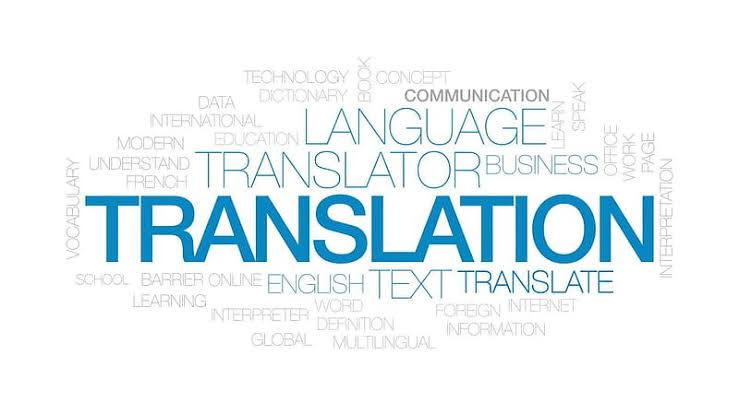Subtotal: $4398.00
.jpeg)
In today’s interconnected world, emergencies don’t adhere to borders or languages. Whether it’s a natural disaster, a public health crisis, or a security threat, effective communication is critical to saving lives and ensuring public safety. In such scenarios, multilingual communication plays a pivotal role, and the translation industry becomes a silent yet powerful force in crisis management.
The Importance of Multilingual Emergency Communication
During emergencies, timely dissemination of accurate information in multiple languages ensures inclusivity and prevents confusion. Communities are often linguistically diverse, especially in global hubs, and failing to communicate in the native languages of affected individuals can result in life-threatening misunderstandings. Translation services bridge this gap by converting critical messages into languages that people can understand, enabling them to take informed actions during a crisis.
From evacuation instructions to health advisories, every second counts. Whether through document translation, interpreting services, or real-time multilingual alerts, professionals in the translation field are indispensable in making information accessible to all.

Key Role of Translation in Crisis Management
1. Real-Time Language Support
In emergencies, immediate response is essential. Simultaneous interpreting and real-time translation tools ensure instant communication across language barriers. Emergency responders rely heavily on these services to provide clear instructions in disaster-hit areas.
2. Localized Messaging
Translation isn’t just about converting words—it’s about cultural understanding. Localization ensures that translated content resonates with local communities. For example, messages about evacuation zones or medical care must account for cultural nuances to avoid misinterpretation.
3. Accessible Formats
Translation in emergencies extends beyond text. Professionals deliver messages via audio, video, and sign languages, ensuring accessibility for people with disabilities and those in remote areas.
Why the Translation Industry is Essential
The global language services market has grown significantly, highlighting the demand for skilled translators and interpreters during crises. With the rise of technology, tools like machine translation and AI-powered localization have become integral to accelerating multilingual communication. However, human translators remain irreplaceable, especially when precision and empathy are needed.

Preparing for the Future
Governments, NGOs, and organizations must prioritize multilingual crisis response plans by collaborating with language service providers. Investing in emergency translation services ensures no one is left behind when disaster strikes.
In conclusion, emergency translation is not just a professional service—it is a lifeline for global communities. By breaking down language barriers, the translation industry ensures that vital information reaches everyone, making it a cornerstone of effective crisis management.
By focusing on keywords like translation industry, multilingual communication, and emergency translation services, this blog caters to both human readers and search engines, creating an informative and engaging resource.